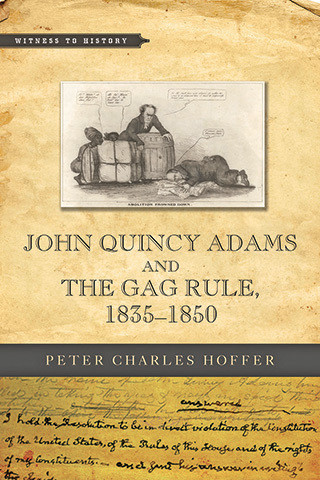
Reviews
Hoffer, professor of history, recounts preceding events, the attack itself, as well as the aftermath in an excellent work of historical analysis... This will be a valuable addition to Civil War collections.
An extraordinary and valuable study of what these events of history reveal not only about America of the past, but also America of today, The Caning of Charles Sumner is highly recommended especially for college library collections and American Civil War shelves.
The short length, subject, and writing style of The Caning of Charles Sumner will make this text a staple in survey and upper-level American history classes alike.
The Caning of Charles Sumner should appeal to both academics and non-academics, but it is perhaps most useful as a supplemental text in undergraduate American history survey courses. The book likewise would be a welcome addition to reading lists in graduate seminars, especially those on the Old South or the Civil War.
The Caning of Charles Sumner attempts to place the incident as well as its primary figures within their temporal, cultural, moral, and ethical contexts... In its careful analysis of the evidence and its generally balanced conclusions, the author has succeeded.
His smooth style will allow students to engage with the material.
Book Details
Introduction
1. One Minute
2. A Machine That Would Go of Itself?
3. Immediate Aftermath
4. A Long, Winding Road
5. Honor, Idealism, and Inevitability
Epilogue
Acknowledgments
Notes
Essay on Sources
Index






